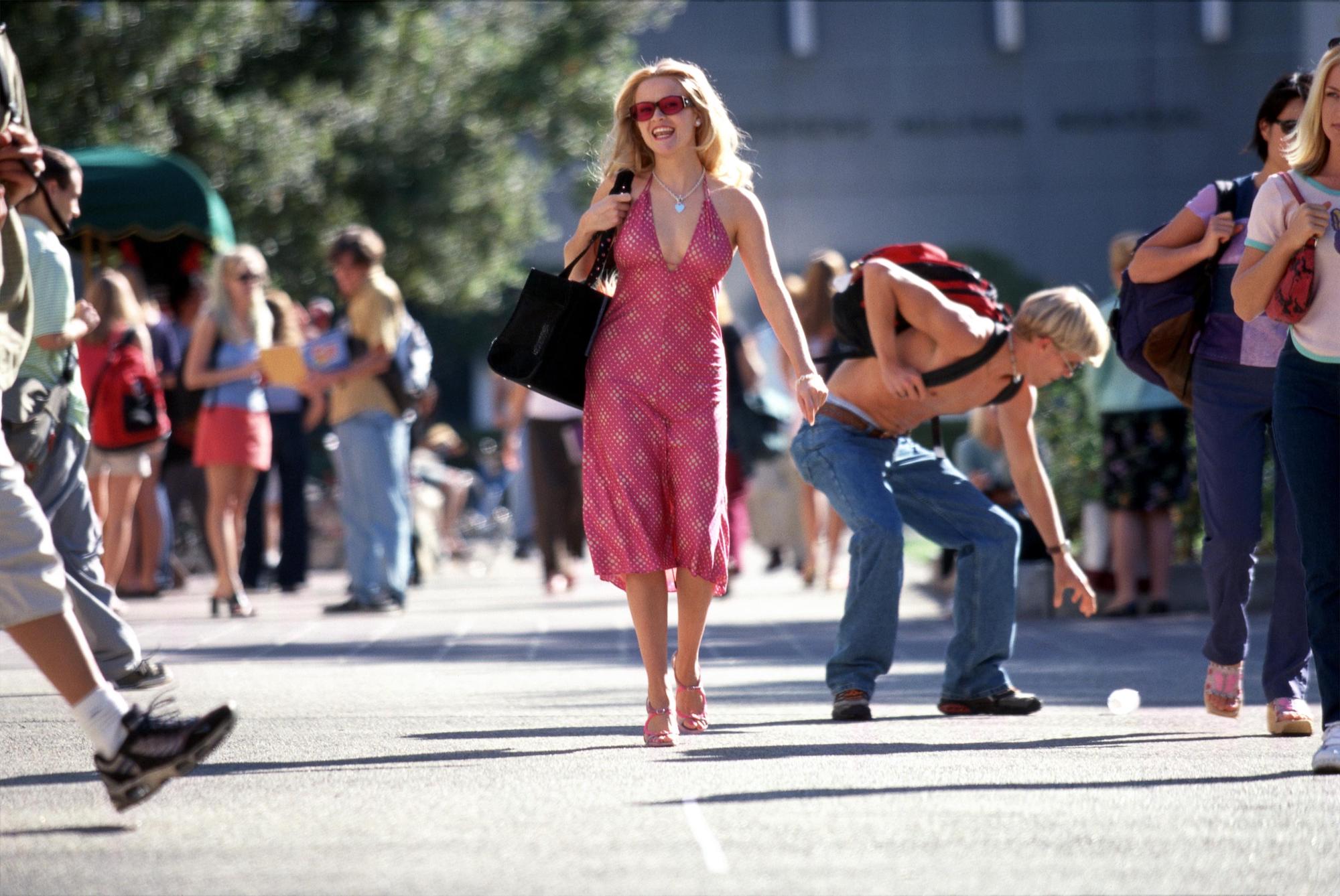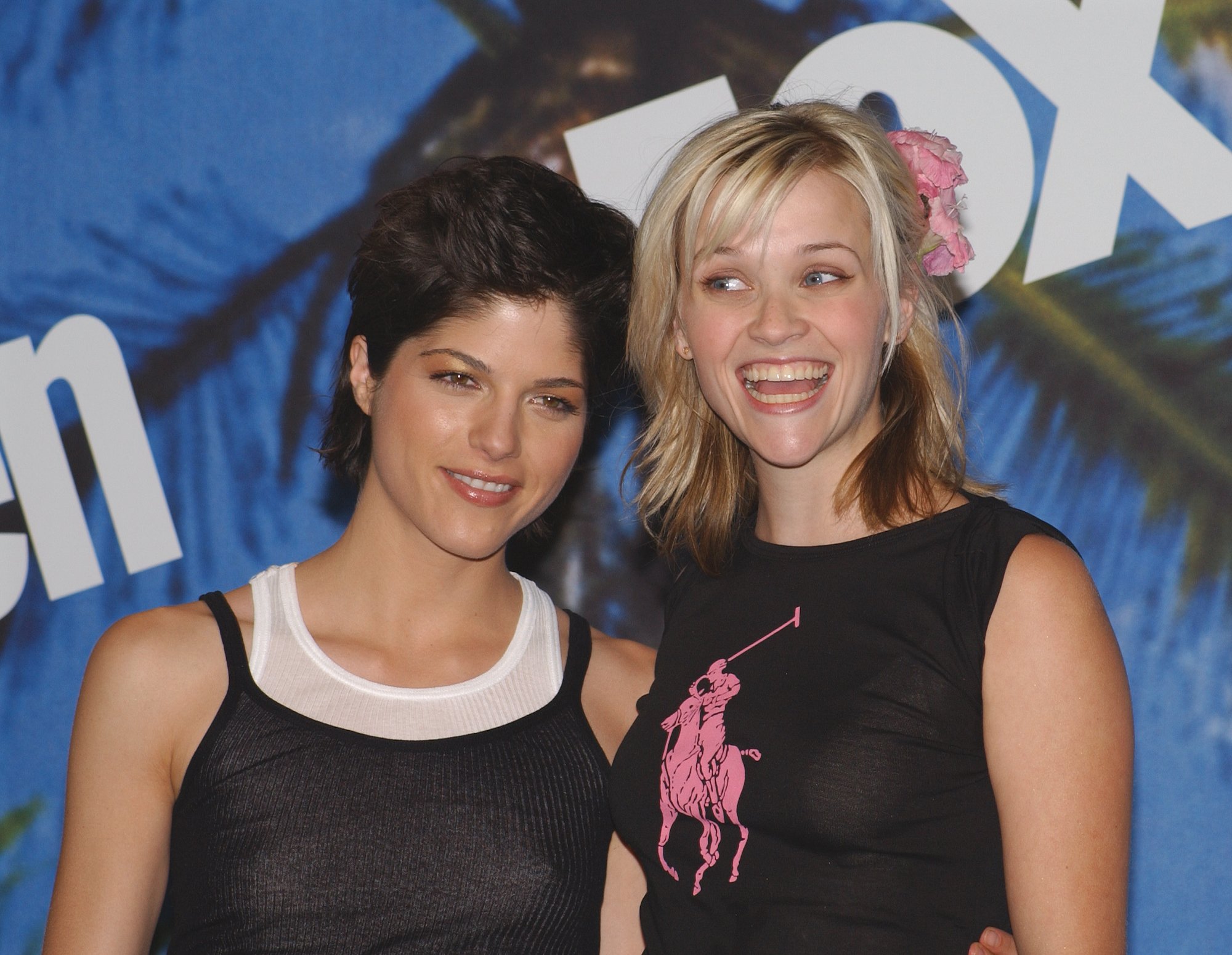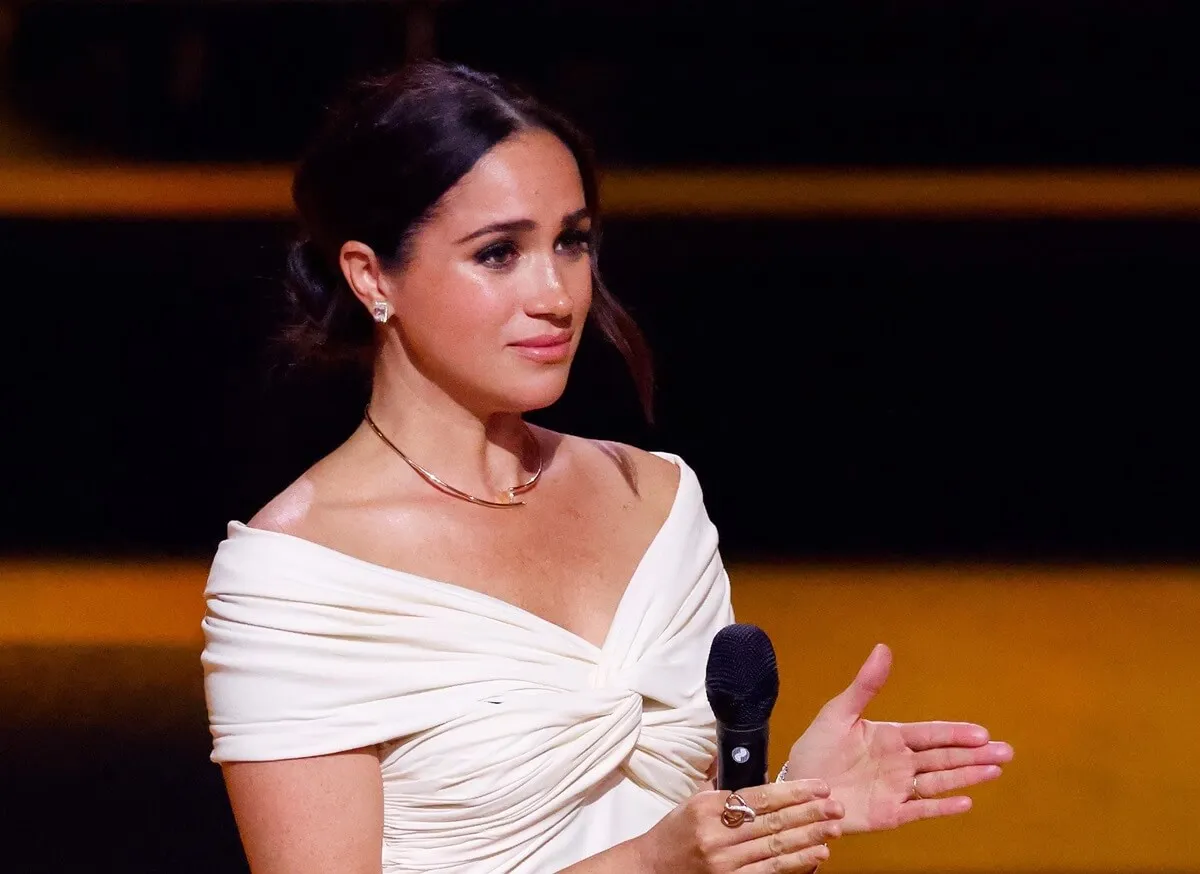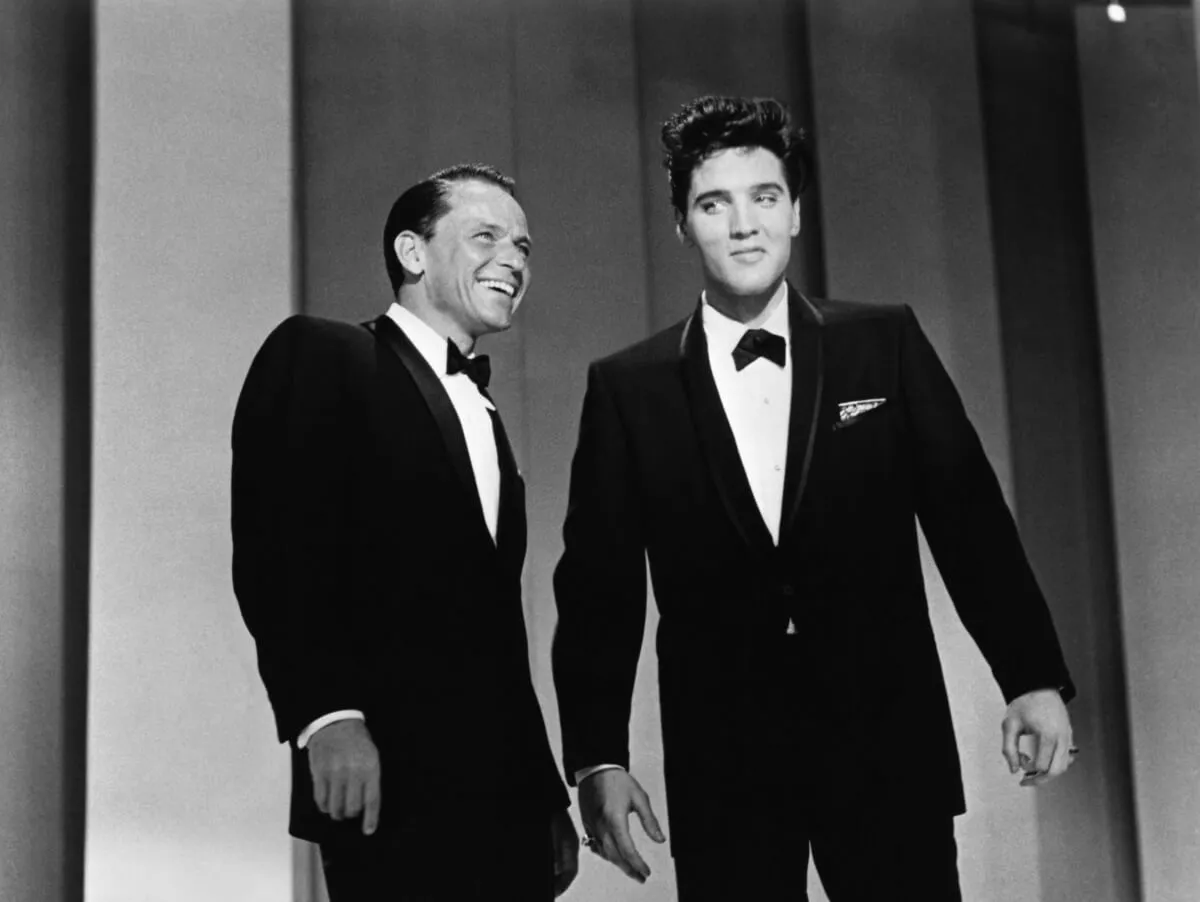‘Legally Blonde’ Writer Denies Existence of Alternate LGBTQ Ending
We can’t all agree on everything. Ahead of the 20th anniversary of the hit comedy Legally Blonde, the movie‘s cast and crew shared their memories and some unknown secrets about the film while speaking with The New York Times. During the interview, one of the film’s co-stars recalled a lost ending for the movie that would’ve seen its female leads in a romantic relationship. However, the film’s writers beg to differ as they deny that such a scene ever existed.

‘Legally Blonde’s Jessica Cauffiel says Elle and Vivian ended up together in the movie’s original ending
In a new interview with The New York Times, published on July 8, actor Jessica Cauffiel, who played Margot, a college friend and sorority sister of Reese Witherspoon’s character Elle Woods, alleged that Legally Blonde’s original ending saw Elle’s relationship with her on-screen nemesis Vivian (Selma Blair) playing out suggestively.

“The first ending was Elle and Vivian in Hawaii in beach chairs, drinking margaritas and holding hands,” Cauffiel told the outlet. “The insinuation was either they were best friends, or they had gotten together romantically.”
Alanna Ubach, who also played Elle’s friend Serena in the film, also remembered the Hawaii scene but noted that she wasn’t too familiar with the alternate ending because she wasn’t one of the first people cast in the movie.
“I was cast later on in the game, and so the ending of Legally Blonde that I read ended up on screen,” Ubach told Entertainment Weekly. “When the journalist asked me about the Hawaiian ending, I assumed Jessica Cauffiel was correct because she was cast earlier on.”
The film’s screenwriters disagree
Though it sounds like this alternate ending was close to being part of the fan-favorite comedy, Legally Blonde’s screenwriters Karen McCullah and Kirsten Smith told The New York Times that they “never wrote that ending.”
Later on, McCullah denied ever coming up with such an ending, writing on Twitter, “I wrote the movie. I’m in the picture you just posted. The actress quoted was incorrect.”
McCullah told Entertainment Weekly that she doesn’t know where the Hawaii ending came from, insisting that it was never written or shot. While she thinks the idea may have been tossed around on set between the actors, McCullah wants fans to know that they weren’t deprived of anything pertaining to the film.
“It made me sad to see people mourning something that never existed, and being sad that it was taken from them,” McCullah said, explaining why she set the record straight on the alleged alternate ending. “So I just wanted to clear that up. Don’t be sad!”
‘Legally Blonde’s graduation scene wasn’t its original ending
Although the LGBTQ ending never existed, McCullah and Smith did write an alternate conclusion that was eventually scrapped from the film.
It saw Elle and her on-screen love interest Emmett having a rom-com-y moment after she won the murder trial. It also shined a light on Elle’s legal endeavors following her court win.
“It was after the trial. [Elle and Emmett] kissed in front of the courthouse,” McCullah explained to Entertainment Weekly. “And then we cut to like a year later, where Elle and Vivian are handing out flyers for the Blonde Legal Defense Fund on campus. Vivian had now dyed her hair blond, and they were friends. Along with the ending that’s in the movie, those were the only two endings that were shot.”
However, McCullah and Smith decided to shelf the courthouse ending and use Elle’s graduation speech for the final scene because test audiences wanted to see the character succeed.
“One of the versions ended with Emmett and Elle kissing. We screened the movie two or three times, and every time people didn’t want to end it with a kiss,” Smith told The New York Times. “They thought it wasn’t a story about [Elle] getting a boyfriend, which was really cool to have people say that.”
Though it wasn’t McCullah and Smith’s original idea, ending Legally Blonde with the graduation scene was a genius move as it reiterated the film’s message that anyone can achieve greatness if they just believe that they can and never stop being unapologetically themselves.


